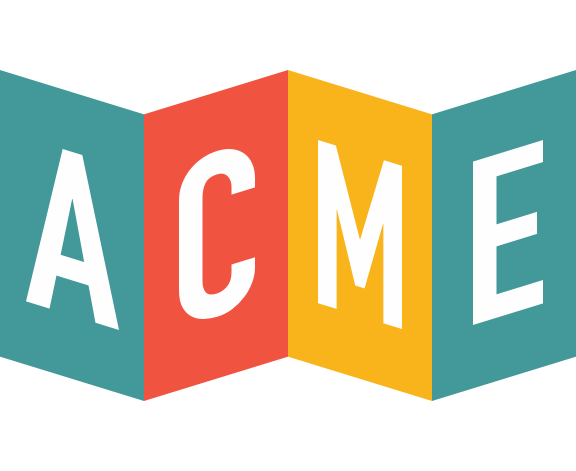
Understanding the Core Standards For Museums: A Comprehensive Guide
The American Alliance of Museums is a non-profit organization that aims to unite museums. They have compiled a set of core standards for museums to adopt. The AAM represents a network of museums that work together to create a diverse and uplifting community that shares a commitment to excellence. Even if you’re not a member, their guidelines for museum standards are valuable for all museums. In this article, we will explore the AAM’s core standards for museums, their significance, and how to incorporate them into your institution.
What are the Core Standards for Museums?
The Core Standards for Museums are outcome-oriented statements developed through inclusive field-wide dialogue. They are adaptable and expected of museums of all types and sizes within the AAM, and can be fulfilled in different ways depending on unique circumstances. The AAM collaborates with discipline-specific museum associations to issue these standards.
- Public trust and accountability.
Public trust and accountability are essential for a museum to fulfill its role as a public service institution. To establish and maintain trust, the museum should identify and serve its communities appropriately. Being “neighborly” is important as the people geographically around you shouldn’t feel excluded or unable to access your services. Inclusivity and diverse participation are values that a museum should always uphold as a museum is a community service. Showing your ability to be transparent about your funding and take accountability for mistakes, as well as your continued compliance with state and federal law and regulation tells your community and supporters that you care about them.
- Mission and planning.
For museums, core standards for your mission and planning should include:
-
- Clear communication of your mission
- Alignment of all operations with the mission
- Strategic resource allocation
- Audience engagement in planning
- Evaluation using benchmarks.
In essence, your mission is crystal clear to everyone in your organization and there’s no guessing about who you aim to serve. You should be able to easily talk about who benefits from your museum and why it exists.
- Leadership and organization structure.
A good practice with your leadership and organization structure should include:
-
- Clear roles and responsibilities
- A good display of legal and ethical conduct
- A diverse and qualified staff
- A formal division of responsibilities between governing and supporting groups.
Essentially, your hires should be diverse and bring different things to the table with a variety of qualifications relevant to their positions. There should be room to grow and incubate ideas while still maintaining clear outlines for job responsibilities. Most of all, you should never hire someone out of nepotism or something similar. Everyone should feel equal, be clear with their job duties, and act appropriately within your museum’s moral code.
- Collections stewardship.
Collections stewardship specifically talks about how you acquire, preserve, and use collections as it relates to your mission while adhering to legal and ethical standards conducting scholarly research, and planning for their development and public access. The things you display at your museum should always make sense in the grander scheme of your mission and your collections are legitimized through relevant scholarly standards. You shouldn’t cut corners on your collections as it brings down the trustworthiness and value of your museum. Whatever you display should also be protected by you to ensure it doesn’t become damaged as a result of your negligence and is available to the public in a reasonable timeframe.
- Education and interpretation.
You should clearly state your educational goals and align your activities with them, show an understanding of your audiences and use appropriate research and methods to present accurate, high-quality content, and continuously assess and improve your interpretive activities. Adhering to scholarly standards of research and creating content that is relevant to your target audiences is essential to maintaining the integrity of your museum. You should also audit your content regularly to ensure relevance and quality.
- Financial stability.
Your finances should always come from a legal and ethical place. Proving you’re fiscally responsible with your funding is important as well.
- Facilities.
The institution you operate should prioritize the needs of its collections, audience, and staff while ensuring safety, maintenance, and risk management measures are in place. Your museum should be clean and well-maintained, ADA-accessible, and account for any security issues that may arise.
- Community engagement.
Coming up with a concise community engagement plan can help you create a better experience for your target audiences. If you’d like to read more on how to do this, check out our in-depth article on community engagement strategies here.
Why are the Core Standards Important?
Core standards aren’t just guidelines to be an AAM member. Utilizing core standards in your museum helps you gain notoriety as a reputable establishment that serves the community. You’re enacting values that help your museum serve your target audiences better and lead your institution to more success overall. Having a strong sense of these core values permeates your entire organization.
How Can Museums Implement the Core Standards?
You can start by going down the list of each core standard and relating it to how things are currently moving within your institution. Addressing problem areas is a great place to start change. Discussing things internally as a group is an important first step as well so problems can be viewed from all angles and turned into goals.
How Acme Can Help Your Museum Meet Its Core Standards
Acme Ticketing doesn’t just offer easy-to-integrate ticketing software. If you’d like to manage your memberships and get valuable insights into your members, you can start reaching your target audiences with a concise course of action. Whatever your goals are, Acme Ticketing serves museums like yours and we’d love to show you what we can do for you. Contact us today to schedule a personalized demo.

